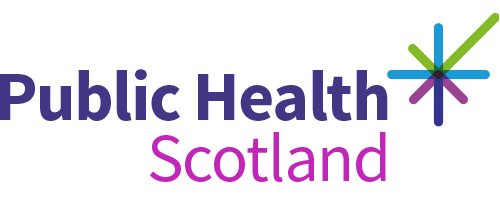- Published
- 16 July 2022
- Journal article
When indicators fail: SPAR, the invisible measure of pandemic preparedness
- Authors
- Source
- Policy and Society
Full text
Abstract
Recent literature on indicators as technology of global governance has shown the power of numbers in shaping knowledge and policy priorities. But not all indicators have powerful effects; some remain invisible. Are such indicators an obverse of powerful indicators? Are the same process of indirect exercise of power to indirectly achieve social and economic effects at work? This paper explores the case of Sustainable Development Goal (SDG) indicator 3.d.1 for the target to build national capacity for pandemic preparedness (target 3d) as a case study of invisible indicators. This indicator has had little traction, despite its relevance in the context of the Coronavirus disease 2019 (COVID-19) pandemic. The paper explores the reasons that explain this paradox through the framework of epistemic infrastructures. It argues that the indicator - the State Party Self-Assessment Report (SPAR) score - was an inconvenient tool for the powerful actors in the global health community as it turned out to be an extremely poor predictor of COVID-19 response performance. It would have exposed not only the failings of the powerful countries that lead the policy agenda for pandemic preparedness but also the legitimacy of their expertise and the paradigm of global health security as an approach to governing health risks. The analysis highlights the tight relationship between power and the use of indicators in global governance. While indicators are increasingly used by powerful actors to reframe policy narratives, the indicator of pandemic preparedness has been kept invisible to maintain their existing framing. It thus illustrates the resilience of power structures in epistemic infrastructures.
Rights
This is an Open Access article distributed under the terms of the Creative Commons Attribution-NonCommercial License (https://creativecommons.org/licenses/by-nc/4.0/), which permits non-commercial re-use, distribution, and reproduction in any medium, provided the original work is properly cited.
Cite as
Fukuda-Parr, S. 2022, 'When indicators fail: SPAR, the invisible measure of pandemic preparedness', Policy and Society, 41(4), pp. 528-540. https://doi.org/10.1093/polsoc/puac024
